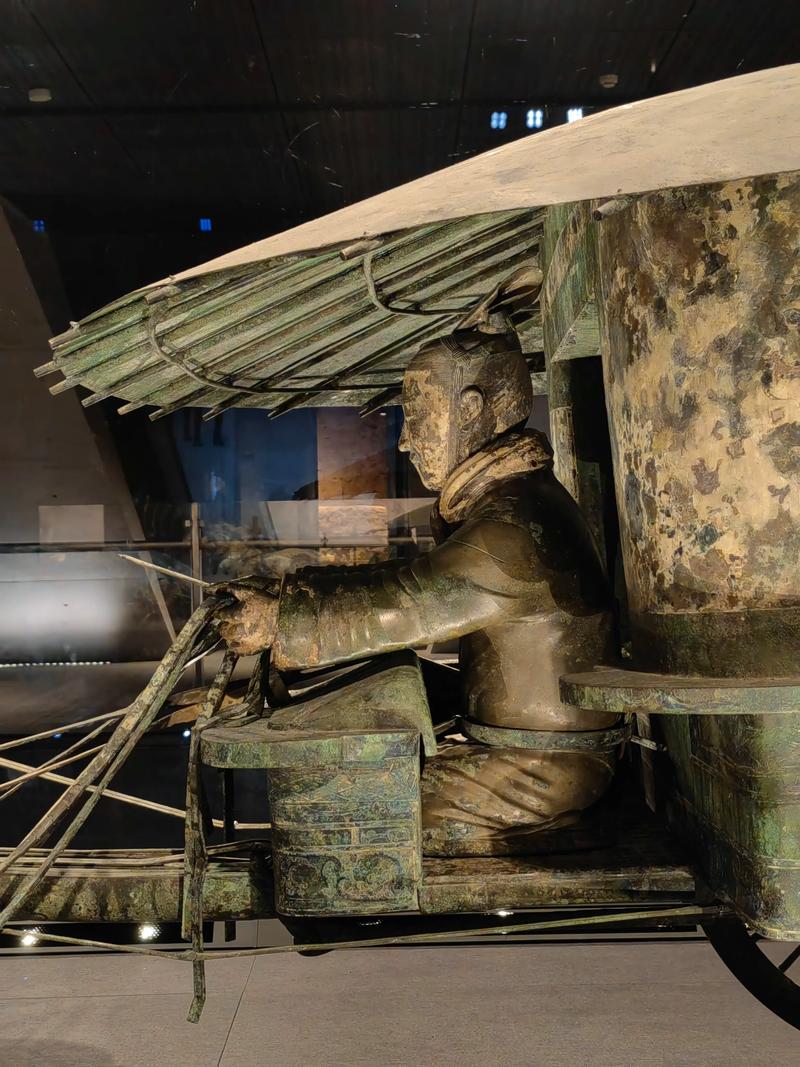
What Lies Within: The Treasures of the Qin Shi Huang Mausoleum
Deep within the heart of China lies a subterranean city, a testament to the might and grandeur of the first emperor who unified China, Qin Shi Huang. The emperor's mausoleum, a sprawling complex meticulously constructed over decades, is a treasure trove of artifacts, offering a glimpse into the opulence and beliefs of the Qin Dynasty.
The Army Pits and the Terracotta Warriors
Perhaps the most iconic feature of the mausoleum, the Terracotta Army, is a sight to behold. Arranged in battle formation, these life-sized clay soldiers stand guard over their emperor in the afterlife.
1. The Infantry
At the vanguard of this silent army stand the infantrymen, armed with a variety of weapons like swords, spears, and crossbows. Each warrior, meticulously sculpted with distinct facial features and armor, represents the different ranks and roles within the Qin army.
2. The Chariots
Behind the infantry, mighty chariots rumble forth, driven by skilled charioteers and drawn by teams of terracotta horses. The chariots, symbols of mobility and military prowess, were an essential part of the Qin army, used to break enemy lines and transport soldiers across the battlefield.
3. The Cavalry and Other Figures
Adding to the diversity of this earthen legion are the mounted cavalrymen, ready to charge into battle on their steeds. Scattered among the ranks are other figures crucial to the army's operation - archers poised to unleash a volley of arrows and commanding officers directing the flow of battle.
Beyond the Terracotta Army
While the Terracotta Army is a sight to behold, the mausoleum encompasses much more than just these silent warriors. Other pits reveal a glimpse into the emperor's court and the everyday life of the Qin dynasty.
1. The Acrobats and Entertainers
One pit houses a troupe of terracotta acrobats, contorting their bodies in mid-performance, frozen in time. These figures suggest that the afterlife, for the emperor at least, was meant to be filled with entertainment and pleasure.
2. The Officials and Servants
Other pits reveal the presence of terracotta officials and servants, meant to attend to the emperor's needs in the afterlife. These figures, dressed in the garb of their station, demonstrate the hierarchical structure of the Qin court and the emperor's absolute power.
3. The Bronze Chariots
In another section of the mausoleum, two bronze chariots of exquisite craftsmanship were discovered, their surfaces gleaming even after centuries underground. These chariots, half the size of their real counterparts, were likely intended for the emperor's personal use in the afterlife.
The Significance of the Mausoleum
The sheer scale and grandeur of the Qin Shi Huang Mausoleum offer an unparalleled insight into the ambition and vision of the First Emperor. The meticulous detail invested in each terracotta figure, the vastness of the complex, and the sheer variety of artifacts unearthed speak volumes about the resources and manpower at the emperor's disposal. This subterranean city, frozen in time, is not only a testament to one man's ambition but also a window into the beliefs, artistry, and technological advancements of ancient China.
Q&A
Q1: Why was the Terracotta Army built? A1: The Terracotta Army was built to protect Emperor Qin Shi Huang in the afterlife, as he believed his reign would continue even after death.
Q2: What other treasures have been found within the mausoleum? A2: Aside from the Terracotta Army, archaeologists have discovered bronze chariots, terracotta acrobats and officials, and countless other artifacts that shed light on the Qin Dynasty.
Q3: Is the entire mausoleum excavated? A3: No, only a small portion of the mausoleum complex has been excavated due to its vast size and concerns about preserving the artifacts within.
note: This return of all, without the author's permission, may not be reproduced